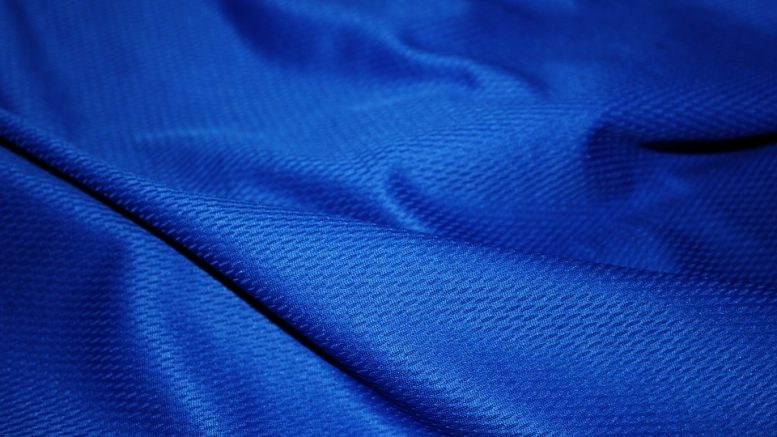When “moisture wicking fabrics” are discussed, they are most often associated with athletic apparel wicking away sweat to keep the body cool and dry during a work out. There is no argument against the fact that athletic gear has provided a platform for moisture wicking technology to grow and become a more public (and very popular) smart textile; however, moisture wicking technology can be and will be utilized in the specialized garment field as well.
Before this new fabric technology, fabrics like cotton and linens were the lightest fabrics in terms of both breathability and cooling functions. The main issue faced by these fabrics was the absorbency – rather than wicking sweat and excess moisture away from the body, they would become saturated with the moisture and hang heavier on the body. While they still kept you somewhat cool, you could see and feel the saturation.
Moisture wicking is a modern technology rooted in polyester clothing blends. Polyester is a synthetic material, and a general rule with synthetic materials is that they don’t retain moisture like natural materials do. In fact, polyester only holds about .4% of moisture, compared to the staggering 7% held by cotton (source). Wicking fabrics are designed to push any excess moisture between the weave and to keep it on the outer layer away from the body. Some materials have a chemical treatment to even further reduce absorbency and to retain the liquid on an exterior “shell”. There was some debate as to whether moisture wicking athletic wear was good for the wearer – due to the fact that the evaporation of sweat is the bodies natural way of cooling itself, the wicking of moisture away from the body did not allow for natural temperature regulation. These fabrics ultimately keep the body cool due to the breathability.
The applications of moisture wicking technology are unlimited, especially in the medical field. On a basic level, performance scrubs are making waves among practicing doctors and nurses, allowing them to stay cool and comfortable for shifts at a time. Moisture wicking fabrics can also be used for wearable devices that rest directly against the skin in order to provide further comfort for the patient. Perhaps the best example of moisture wicking technology in a specialized garment would be a medical cooling vest that not only regulates body temperature with added cooling effects, but also wicks away excess moisture to provide another level of comfort to the wearer. There have already been moisture wicking developments, proving that this smart textile can be used to collect information from the perspiration in real time – hydration/electrolyte/sodium levels, presence of drugs and chemicals in the body, and even going as far as disease diagnosis. There will almost definitely be further developments of this on the horizon.
Moisture wicking fabrics are some of the most versatile fabrics, and with the platform of athletic wear, it is almost certainly the fastest developing smart textile.
